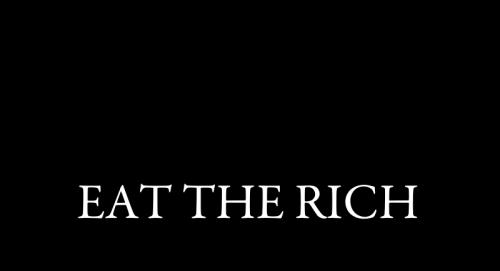
Election has consequences.
The “rich” (those with annual income of $250,000 or more) in America’s three Bluest (left-wing) states will now find out.
Erika Johnsen reports for Hot Air, Dec. 5, 2012, that “the rich” in California, New York, and Hawaii will be socked with a tax rate of over 50%.
Gerald Prante and Austin John, economics professor and student, respectively, at Virginia’s Lynchburg College, did a post-election calculation of the marginal tax rates (i.e., the highest rates on the highest levels of income) for all 50 states. They combined state, federal and, where applicable, local income taxes, plus payroll taxes for Social Security and Medicare and included the deductibility of some taxes.
What Prante and John found was that the highest-income taxpayers in California, New York, and Hawaii will be hit with a tax rate of over 50%. As a result of Californian voters’ approval of Proposition 30 in the November election, and combined with the potential federal raises, California’s “richest” could be looking at a top bracket with a marginal income tax rate of just under 52% (51.9%).
Writing for Forbes on Dec. 4, 2012, Professor Joel Kotkin wryly observes that the Blue states are suicidal:
With their enthusiastic backing of President Obama and the Democratic Party on Election Day, the bluest parts of America may have embraced a program utterly at odds with their economic self-interest. The almost uniform support of blue states’ congressional representatives for the administration’s campaign for tax “fairness” represents a kind of bizarre economic suicide pact.
Any move to raise taxes on the rich — defined as households making over $250,000 annually — strikes directly at the economies of these states, which depend heavily on the earnings of high-income professionals, entrepreneurs and technical workers. In fact, when you examine which states, and metropolitan areas, have the highest concentrations of such people, it turns out they are overwhelmingly located in the bluest states and regions.
Ironically the new taxes will have relatively little effect on the detested Romney uber-class, who derive most of their income from capital gains, taxed at a much lower rate. They also have access to all manner of offshore dodges. Nor will it have much impact on Silicon Valley millionaires and billionaires, or the Hollywood moguls and urban land speculators who constitute the Democratic Party’s “good rich,” and enjoy many of the same privileges as their wealthy conservative counterparts.
The people whose wallets will be drained in the new war on “the rich” are high-earning, but hardly plutocratic professionals like engineers, doctors, lawyers, small business owners and the like. Once seen as the bastion of the middle class, and exemplars of upward mobility, these people are emerging as the modern day “kulaks,” the affluent peasants ruthlessly targeted by Stalin in the early 1930s.
The ironic geography of the Democratic drive can be seen most clearly by examining the distribution of the classes now targeted by the coming purge. The top 10 states with the largest percentage of “rich” households under the Obama formula include true blue bastions Washington, D.C., which has the highest concentration of big earners, Connecticut, New Jersey, Maryland, Massachusetts, New York, California and Hawaii. The only historic “swing state” in the top six is Virginia, due largely to the presence of the affluent suburbs of the capital. These same states, according to the Tax Foundation, would benefit the most from an extension of the much-lambasted Bush tax cuts. [...]
What would a big tax increase on the “rich” mean to the poor and working classes in these areas? To be sure, they may gain via taxpayer-funded transfer payments, but it’s doubtful that higher taxes will make their prospects for escaping poverty much brighter. For the most part, the economies of the key blue regions are very dependent on the earnings of the mass affluent class, and their spending is critical to overall growth. Singling out the affluent may also reduce the discretionary spending that drives employment in the personal services sector, retail and in such key fields as construction. [...]
~Eowyn

